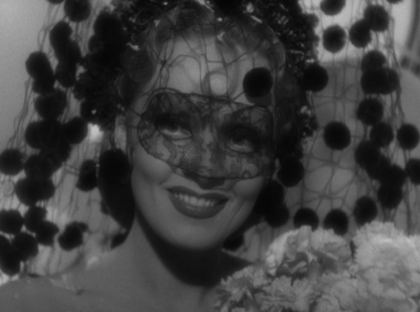It is sad to see the old King of Spain putting aside his crown. When he came to the throne in the 1970’s after Franco’s unspeakably protracted end Juan Carlos was a great golden figure of traditional Bourbon glamour and vigour. The elegant & charming Queen Sofia was said to Hoover her own palaces and there were two pretty neo-Velasquez Infantas plus the little Infant Felipe for the picture papers to delight in: a perfect “Hola!” family to lead Spain out of the long shadows of the Civil War. My friend Dona Pilar who sold newspapers down our road had grown up in a country where women were forbidden to wear trousers nor any garment in red or yellow – the national colours. Do you remember, old books on colour symbolism used to say grimly “in Spain the public executioner is arrayed in yellow”?
And now all this has ended in the anti-climax of abdication and the dreariness of scandal. But the Spanish royals have never had much luck. Maybe Louis XIV’s pushing his grandson onto the throne in 1700 drew down a native curse on the Bourbon intruders. There followed feeble-minded monarchs who never got out of bed, were caricatured by Goya, chased out by Napoleon and subjected to anarchist outrages. An Infanta sent to Versailles as the fiancee of Louis XV was eventually humiliatingly returned to Madrid, labelled ‘Not Wanted’. The beautiful blonde Queen Ena, an English princess and a granddaughter of Queen Victoria, had her wedding dress spattered with blood as a result of a terrorist bomb, an augury of a disastrous marriage.
What, I wonder, do we have in the shop as an olfactory ave atque vale to King Juan Carlos and to the new Felipe VI? Carnations are the national flower of Spain; crimson, pink and snowy flowers pulsating with that hypnotic creamy musky clove scent which electrifies you when encountered in a garden. A red carnation, say Spaniards, is the symbol of hopeless passion, erotic despair.
Ironically none of the perfumes at Les Senteurs use Spanish carnation oil but let that pass: the scent, if not the poetic conception, is similar; and (perceptible) carnation of any species is not common in modern perfumery. Caron’s Piu Bellodgia is a graceful reworking of their immortal Bellodgia first launched in 1927: a lighter, drier accord; powdery like petals. Myself, I think I may even prefer it to the great original. Creed’s Acqua Fiorentina is a decadently lush corncupia of white carnations atop velvety greengages and bursting plums; while Une Fleur de Cassie from Editions de Parfum uses the flowers to enrich an already hedonistic extravaganza of mimosa, acasias, apricots and jasmine.
But for a truly Hispanic experience, the full monty with castanets, fans, guitars mantillas and peinetas, try the Cuban pastiche of Molinard’s Habanita. This is perfumery’s legendary take on the Carmen/ Dietrich sluttish cigarette girl fantasy; you know, the one that has tobacco workers rolling cigars on their thighs; the story that inflamed the House of Molinard in 1921 when smokes were the sexiest smells in scent in the wake of Caron’s barnstorming Tabac Blond. Florid, smoky and dark as the Havana night, Habanita is spangled with stars of orange blossom, jasmine and lilac in a thicket of leather, benzoin, amber,oakmoss, vetiver and cedar with florid flashes of raspberry and peach.
It’s oily, earthy, seductive and as penetrating as a Toledo steel estoque.
Ole! We salute His Most Christian Majesty, King Felipe, as he takes the throne on June 19th.

